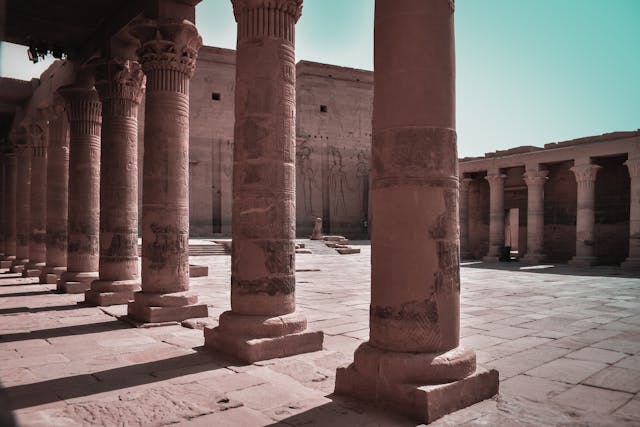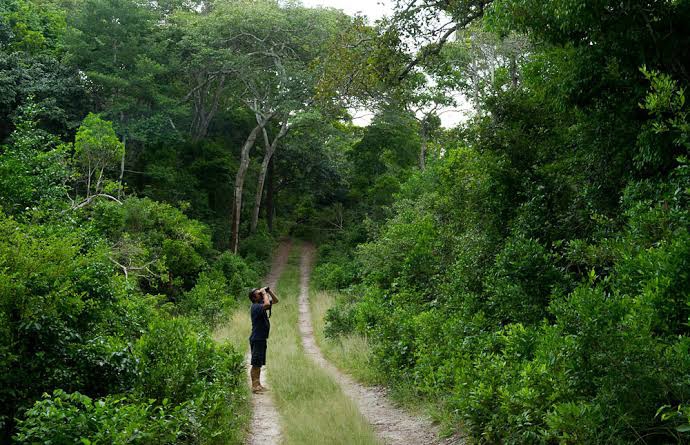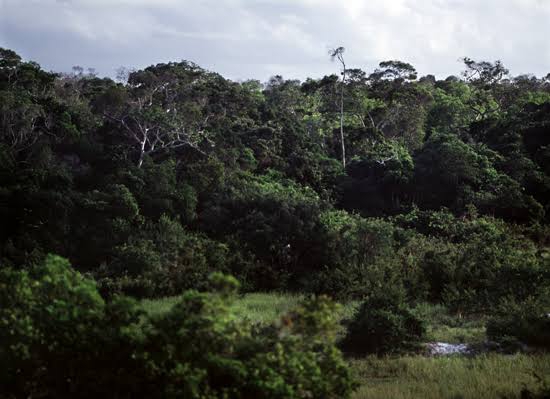


Arabuko Sokoke Forest is the largest remaining fragment of East Africa’s coastal dry forest, covering approximately 420 km²
History African@africanhistory
3 months ago
Located near the towns of Malindi and Watamu, about 110 km north of Mombasa, this forest is a biodiversity hotspot renowned for its unique flora and fauna.
🌿 Biodiversity & Endemic Species
The forest is home to several rare and endemic species, including:
Golden-rumped Elephant Shrew: An insectivore endemic to this forest.
Ader’s Duiker: A shy antelope species found only here and in Zanzibar.
Sokoke Bushy-tailed Mongoose: A small carnivore unique to this region.
Bird enthusiasts can observe over 270 species, such as:
Clarke’s Weaver: Endemic to Arabuko Sokoke.
Sokoke Scops Owl: A rare owl species found only in this forest and a forest fragment in Tanzania.
Amani Sunbird and Spotted Ground Thrush: Both are considered rare and are found in limited regions.
The forest also supports populations of elephants, buffaloes, Sykes’ monkeys, and yellow baboons.
🚶♀️ Activities
Visitors to Arabuko Sokoke Forest can engage in various activities:
Forest Walks: Explore the forest through designated trails and boardwalks, offering a chance to experience the diverse habitats and spot wildlife.
Bird Watching: With its rich avian diversity, the forest is a prime location for birding enthusiasts.
Cultural Experiences: Interact with the local Waata community and learn about their traditional lifestyle at the cultural center within the forest.
Scenic Viewpoints: Visit the Nyari viewpoint for panoramic views over the forest canopy extending to the Indian Ocean.
Additionally, the nearby Mida Creek, less than a kilometer from the forest entrance, is a tidal inlet home to diverse mangrove species and offers opportunities for bird watching and exploring marine ecosystems.
📍Accessibility & Conservation
Arabuko Sokoke Forest is accessible via the Gede Gate, situated near the towns of Malindi and Watamu. The forest is managed collaboratively by the Kenya Forest Service, Kenya Wildlife Service, National Museums of Kenya, and local community associations. This joint management approach aims to balance conservation efforts with community involvement and sustainable tourism.
#ArabukoSokokeForest #KenyaWildlife #CoastalForest #BirdWatchingKenya #EndemicSpecies #EcoTourismKenya #NatureWalks #MidaCreek #ConservationKenya #HiddenGemsKenya

3 months ago

2 months ago
